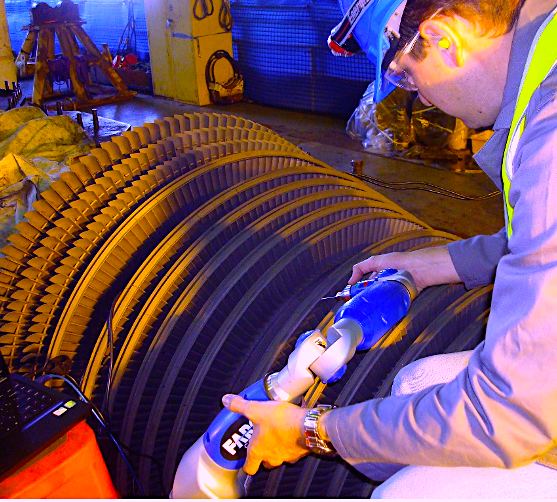In the early 1970s, personnel at large multinational oil and petrochemical company decided to send any of the site’s process pumps that needed repairs to one of several low-bidding in-town shops. Many of those enterprises were owned by company retirees and staffed by their next-of-kin. When repaired, the pumps in question were returned to the site and reinstalled. Upon restart, though, many failed their allowable vibration tests, which forced managers at the site to do some rethinking.
It became clear that a good repair center would have more than just a lathe, two drill presses, and a surplus milling machine built in the 1930s. Automated measuring equipment was among the tools that were needed to perform quality repair work in 1998. Back then, higher-performing impellers could be designed and then retrofitted at large regional service centers. Some of those operations had full OEM backing or were owned outright by OEMs. Others were started and run by highly competent individuals or partnerships that capitalized on the technical expertise of their respective staffers (including some that were former OEM personnel).
Strong non-OEM partners often bring together two or more strong competencies in the fluid- machinery field. We have seen ones with know-how and expertise in combining fluid-machinery repair with throughput increases or efficiency upgrading. A partnering company may have superior knowledge in impeller fabrication and/or a totally superior solution to the problem of wear. These are companies well worth exploring.
One of the key roles of a reliability professional is to proactively lay the groundwork for the timely implementation of cost-justified upgrades during equipment downtime and turnaround events. The automated measuring of fluid machinery internal geometry would result in an up-to-date data library. From this type of library along with field measurements such as flow, differential pressure, gas composition, etc., it is possible to predefine impeller or stage upgrade details.

Fig. 1. Geometric mapping of steam turbine blades at an upgrade shop.
The timing for taking automated three-dimensional measurements varies from plant to plant. Such measuring could be done when an unscheduled unit downtime occurs for reasons unrelated to the fluid machine for which we wish to have accurate geometric mapping in hand. Or geometric mapping (Fig. 1) could be scheduled as part of the next turnaround and would coincide with planned visual examination or parts replacement on a particular fluid machine.
Knowing a machine’s internal geometry and its field-monitored performance would allow a competent machinery upgrader to define, propose, and make detailed plans for revision opportunities. The upgrade components would be manufactured and be on hand for the next scheduled turnaround. And that’s referring to 1998 (a full 23 years ago). The question today is this: Has your site’s chosen repair-upgrader at least reached a 1998-level of expertise?TRR
Editor’s Note: Click Here To Download A Full List Of Heinz Bloch’s 24 Books
ABOUT THE AUTHOR
Heinz Bloch’s long professional career included assignments as Exxon Chemical’s Regional Machinery Specialist for the United States. A recognized subject-matter-expert on plant equipment and failure avoidance, he is the author of numerous books and articles, and continues to present at technical conferences around the world. Bloch holds B.S. and M.S. degrees in Mechanical Engineering and is an ASME Life Fellow. These days, he’s based near Houston, TX.
Tags: reliability, availability, maintenance, RAM, pumps, steam turbines, fluid machinery, geometric machine mapping



